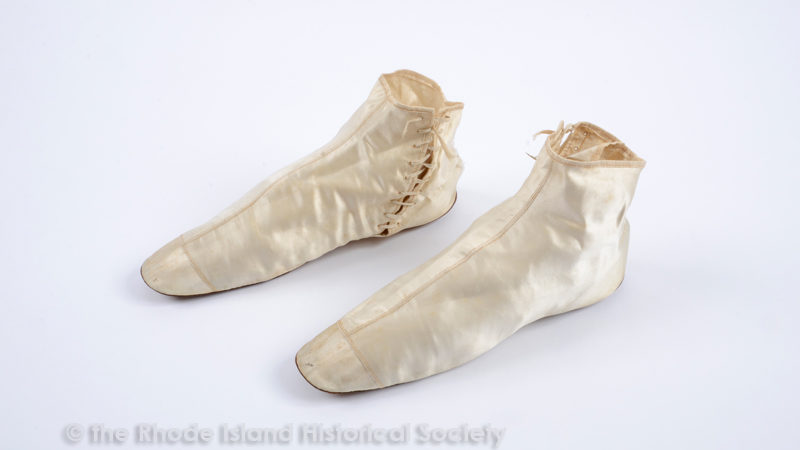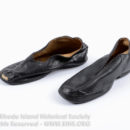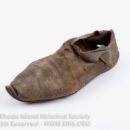
For our Cooking (from) the Books series I tried another recipe from the RIHS collections. My first baking adventure for this series was Miss Davis’ Nut Bread, a handwritten recipe found in a book collected and written by Helen Washburn (MSS 783 sg1). This time I attempted a recipe for oat flour muffins published by the Rumford Company.
Rumford Chemical Works
Rumford Chemical Works (MSS 13 sg 2) was founded in 1854. Initially called Wilson, Duggan & Co. after its founders, the firm established a plant in Pleasant Valley, Rhode Island in 1855. The company was formed for the manufacture of baking and medicinal products, chemicals used in dyeing and printing, and fertilizer. Objections of plant neighbors to the fumes generated by these operations and the need for a river-based supply dock encouraged the company to move to Seekonk, Massachusetts in 1858. At this time, the firm officially changed its name to Rumford Chemical Works. The border between the states also shifted so that the area of Seekonk, Massachusetts occupied by the chemical company became part of Rhode Island.


The records of Rumford Chemical Works (MSS 13, subgroup 2) were donated to the Rhode Island Historical Society in 1976. These records along with several histories of and cookbooks by the Rumford Company are available for research at the Robinson Research Center.
RUMFORD RECIPES
For this entry I chose a simple muffin recipe from the Rumford Company’s recipe book Delicious Wartime Recipes, published during World War II.

Delicious War Time Recipes: That Meet the Requirements of the U.S. Food Administration. Published by the Department of Home Economics of the Rumford Company, 194-. (TX715 .R8)

Reading the recipe for Oat Flour Muffins I noticed that I would likely have all of these ingredients in my kitchen already, which is always a drawn when picking out a new recipe!

I substituted almond milk for regular milk, but I don’t think that it made a big difference in the final product (I do this in most of my baking). The muffins came out very soft and light, perfect with a bit of blackberry jam or butter. I liked the end result and I might keep this recipe to use as a base for other muffins, adding nuts or blueberries next time.
FURTHER READING:
The Rhode Island Historical Society collections include many recipe books published by the Rumford Chemical Company. Find them on NETOP.
Rhode Island Women in Action: A Force for Local Food
The Great Uprising: How a Powder Revolutionized Baking
~ Michelle Chiles, Research Center Manager




Science indeed. Amazing blog post. Check out my blog when you have some time, http://www.itsfoodoclock.wordpress.com. I would like to have your input.